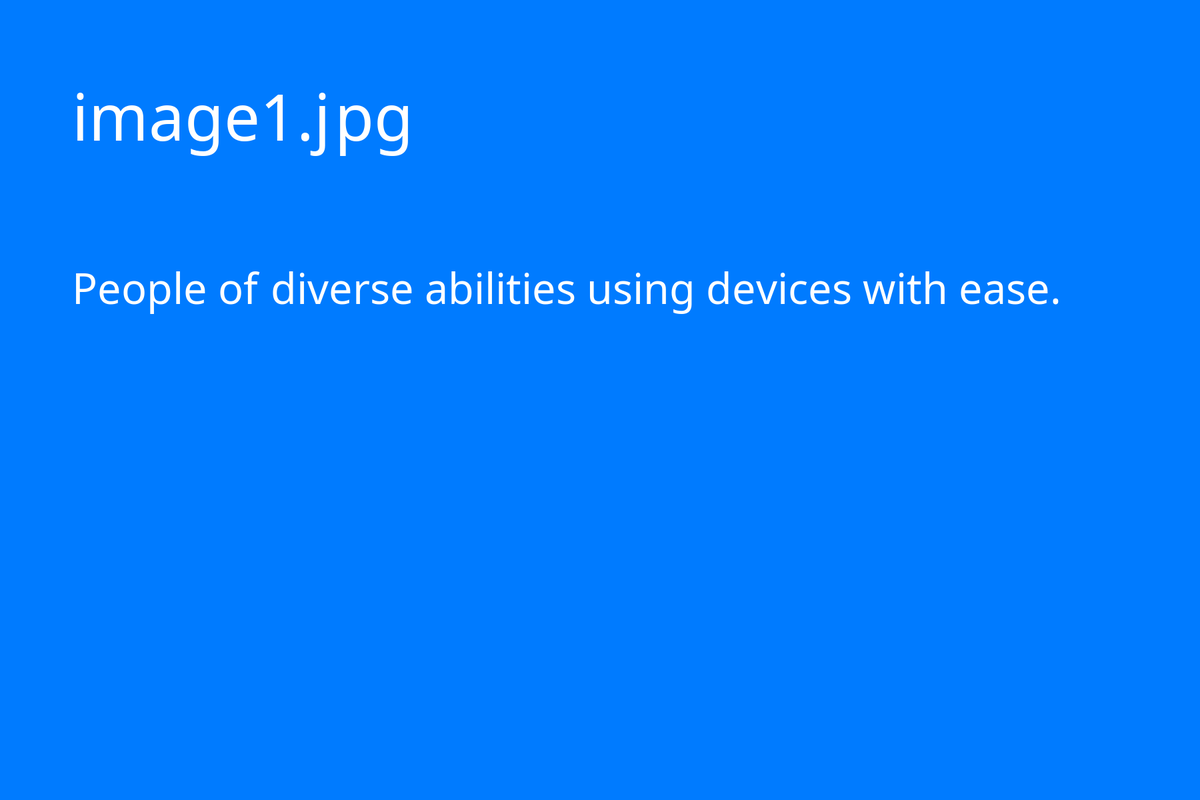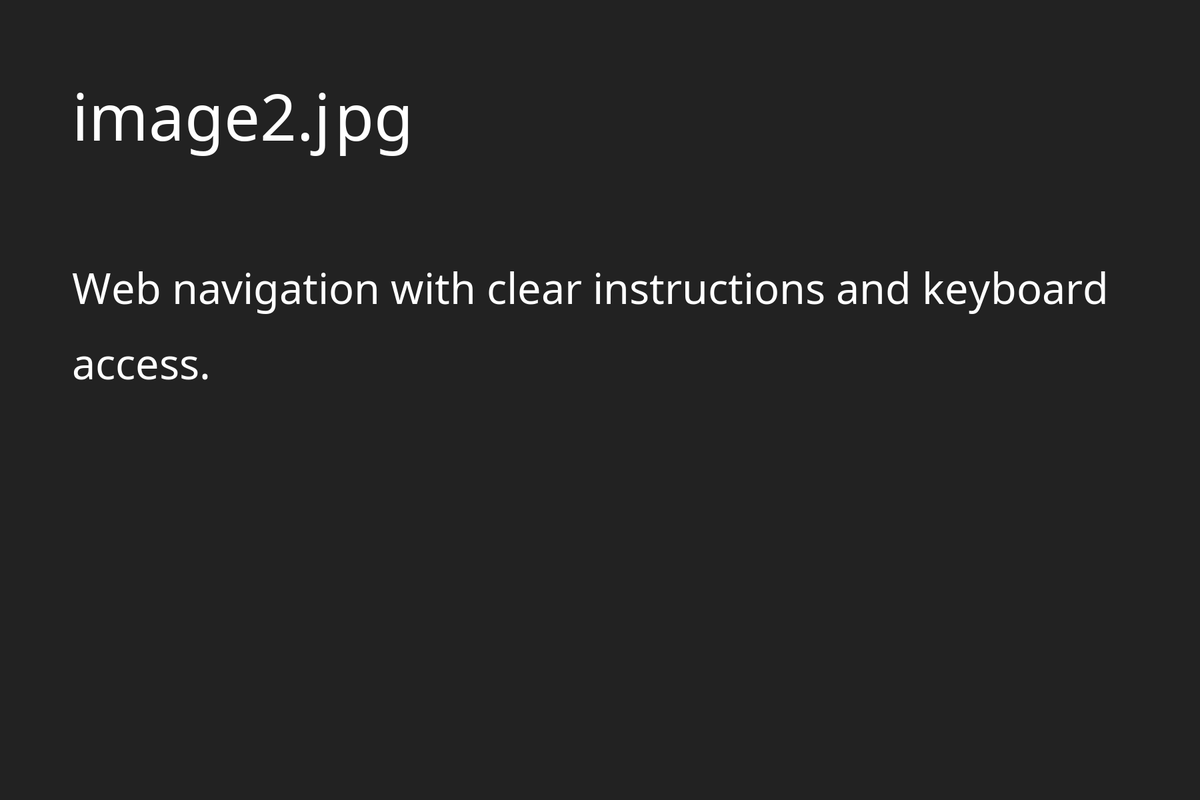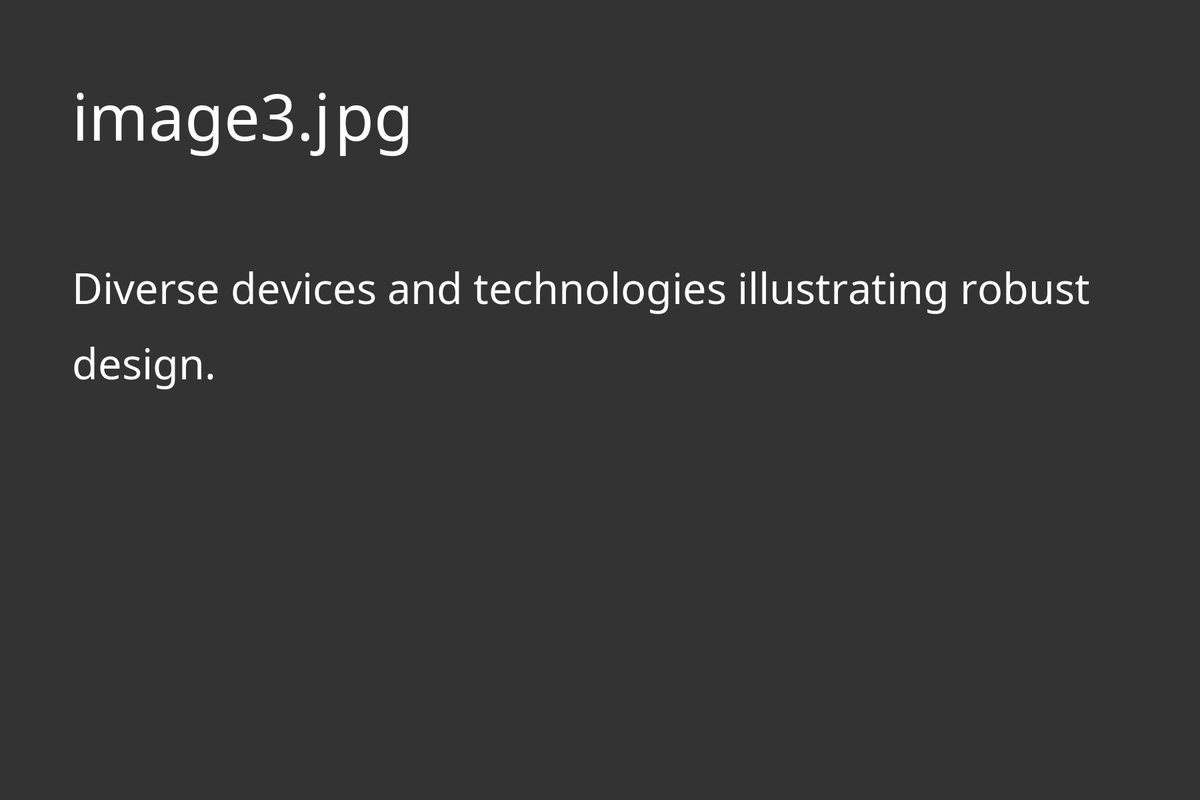
Written by
Content Editor
Authored on
In today's digital age, website accessibility is crucial for ensuring that all users, including those with disabilities, can effectively access and navigate web content. This is both a moral imperative and a business necessity. Understanding and implementing website accessibility fosters inclusion, compliance with legal standards, and enhancements in business operations.

Understanding the Core Principles
The foundation of creating accessible websites lies in four main principles: perceivable, operable, understandable, and robust (POUR). These guidelines, established in the Web Content Accessibility Guidelines (WCAG), ensure that digital content is usable by everyone.
Perceivable
All information must be presented in such a way that it is perceivable by all users, regardless of their sensory abilities. This includes providing alternative text for images, captions for video content, and ensuring adequate color contrast between text and backgrounds.
Operable
An accessible website allows users to navigate and interact with all interface elements, regardless of their means of control. This involves ensuring that all functions can be performed using a keyboard and that navigation does not rely solely on mouse input.
Understandable
The content and user operations on a site must be easy to understand. This means using clear and concise language, maintaining consistent layouts across pages, and providing helpful instructions and feedback for any errors encountered by the user.


Robust
A robust website remains functional across a wide range of devices, technologies, and future advancements. This necessitates clean, standardized code and proper markup to ensure compatibility with various browsers and assistive technologies.
The Benefits of Accessibility
Beyond meeting legal obligations such as the ADA and WCAG guidelines, accessible websites reach broader audiences, including an aging population and non-native speakers. These practices also enhance SEO, performance, and brand reputation.
Conclusion
Website accessibility is not a one-time adjustment but a continuous process requiring vigilance and commitment. As technology and user needs evolve, maintaining accessible digital properties ensures that inclusivity and usability remain at the forefront of web design.